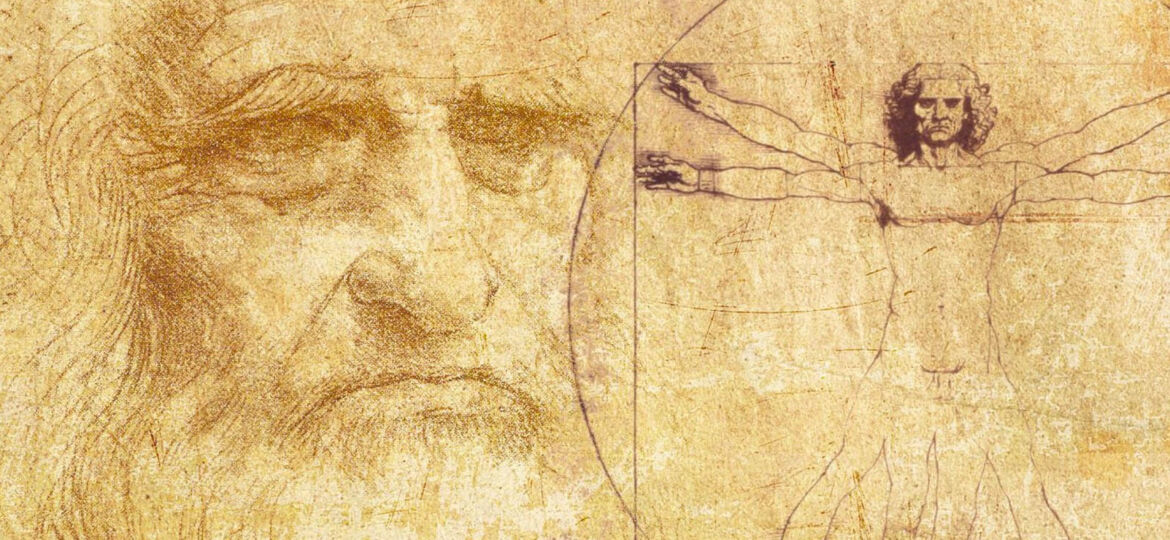
In an age of pen and paper one man stood out, and he’s just surprised us again
The advantage of hosting your own blog or magazine is that sometimes you can go off piste and this is one of those times so now we are going to go back to a time when emerging technology was a radically different kettle of fish and my hope is that this article, once the technology is stripped away, gets you thinking about the potential that’s in you. Then, of course the question becomes – what are you going to do with it?
The age of BC, Before Computers
We live in an age dominated by technology, an age where we hold all of the worlds information in our hands and an age where it’s easy to forget that as human beings we are more than the sum of our technology. It wasn’t so long ago that the world’s great scientists and inventors had little more than their smarts and a pen and paper to work with, and now, over 500 years in the age of Artificial Intelligence, Quantum Computing and space travel Da Vinci is still surprising us.
Not just Doodles
They may look like little more than doodles, once dismissed as “irrelevant notes” but these scribbled notes in fact prove the key to Leonardo da Vinci’s theory of friction, according to the University of Cambridge.

Fig 1. People previously focused on the sketch of the old woman
The hand-drawn diagrams and notes are the first sign of Leonardo recording his groundbreaking theories, showing how he started thinking about the force of friction on two sliding surfaces.
The artist went on to record his studies and theories in his notebooks, and is now credited with developing the laws of friction despite not seeing the work recognised in his lifetime.
A page of notes in a tiny book, dating from 1493 and held in the V&A archive, may now prove the key to how his thoughts progressed.
Research by Professor Ian Hutchings, a Fellow of St John’s College and professor of manufacturing engineering at the University of Cambridge, has uncovered a series of small drawings, previously overlooked.
After re-examination, the red diagrams are now believed to show how Leonardo began sketching out his ideas including rows of blocks being pulled by a weight hanging over a pulley; precisely the type of experiment one might do to explore the laws of friction.
The page had previously been dismissed by a director of the V&A in the 1920s as “irrelevant notes and diagrams in red chalk”, with much more attention being paid to the sketch of the old woman at the top.
Professor Hutchings said: “The sketches and text show Leonardo understood the fundamentals of friction in 1493.”

Fig 2. Sketches showing the theory of friction
“He knew that the force of friction acting between two sliding surfaces is proportional to the load pressing the surfaces together and that friction is independent of the apparent area of contact between the two surfaces.
“These are the ‘laws of friction’ that we nowadays usually credit to a French scientist, Guillaume Amontons, working two hundred years later.”
“Leonardo’s 20-year study of friction, which incorporated his empirical understanding into models for several mechanical systems, confirms his position as a remarkable and inspirational pioneer of tribology.”
He added: “Leonardo’s sketches and notes were undoubtedly based on experiments, probably with lubricated contacts.
“He appreciated that friction depends on the nature of surfaces and the state of lubrication and his use and understanding of the ratios between frictional force and weight was much more nuanced than many have suggested.”
















